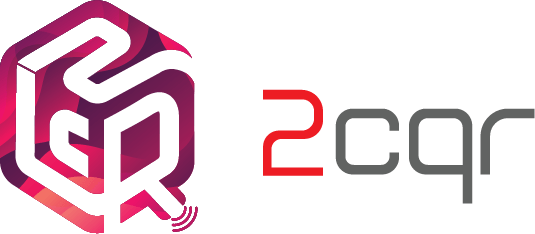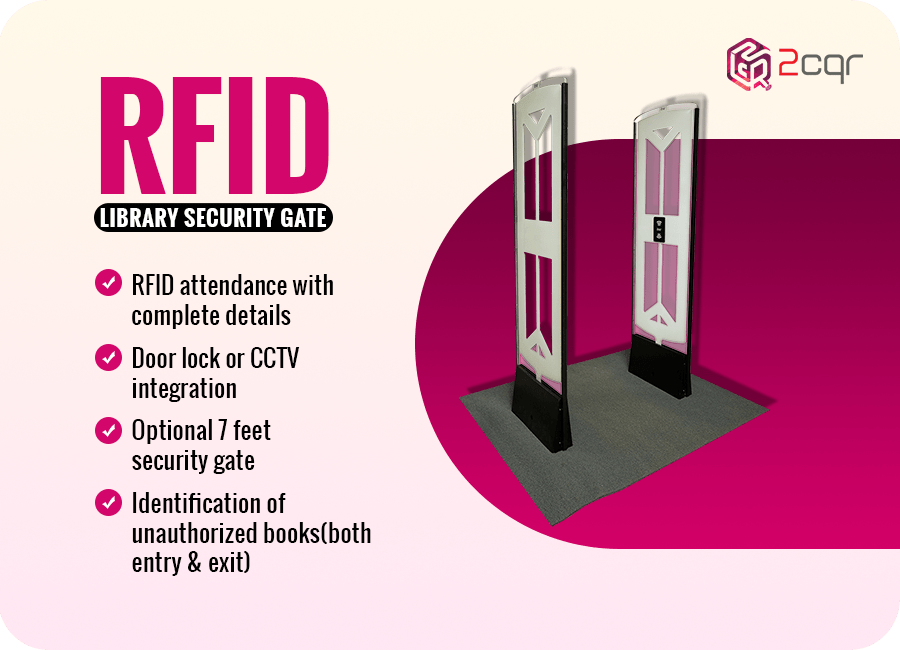
In the realm of library management, RFID technology is a game-changer, coupled with the advancements in AI and machine learning. This tech synergy paves the way for data-informed decisions, fostering superior user experiences.
However, despite these advancements, there’s a persistent hurdle that keeps libraries from adopting this transformative technology – implementation costs.
It’s not a question of affordability; rather, it’s about the intricacies of estimating the budget required for RFID integration along with assuming so many myths as facts. The price tag can fluctuate substantially based on a slew of factors that shape the unique needs of your project.
These factors form a mosaic that defines both the cost and effectiveness of your RFID system. Let’s delve into the elements that influence the pricing equation.
Premise Size and Perimeter:
The area you intend to cover with RFID holds influence your costs. Larger areas necessitate more RFID readers, antennas, and a higher frequency range to ensure comprehensive coverage.
Detailed Requirements:
The complexity of your requirements directly impacts costs. Are you seeking basic asset tracking and check-in/check-out processes, or do you aspire to embrace advanced functionalities like real-time tracking, data analytics, and enhanced security measures?
The breadth of your needs shapes the intricacy of your system and consequently, its cost.
Type and Count of Assets:
The diversity of your library assets influences the choice of RFID tags. Different materials like CD’s, DVD’s, books necessitate specific RFID tags to guarantee accuracy and avoid interference.
Frequency of the Signal:
RFID operates across frequencies, each with its own performance characteristics and associated costs. Deciding on the optimal frequency depends on factors such as read range and tag quantity.
Integration with Existing Software:
The harmony between your RFID system and pre-existing software infrastructure impacts costs. Exploring integration options upfront incorporates redesigning efforts and ensuing costs.
Additional Equipment:
Depending on compatibility and requirements, supplementary components like mounting hardware, cables, and power sources can contribute to overall costs.
Type of RFID System:
Passive, active, or semi-passive? The choice of RFID system influences cost and functionality. Passive systems tend to be more budget-friendly and durable for libraries that’s why passive systems are mostly used in library management
Scalability:
Accounting for potential expansions of your RFID system in future is important. Investing in scalability during the initial implementation might increase costs but yields long-term cost-effectiveness.
Support and Maintenance:
Regular upkeep ensures sustained system performance. Be sure to consider ongoing support, updates, and troubleshooting and discuss the same with your RFID suppliers to make your cost calculations more effective.
Consultation, Professional Services, and Training:
Engaging RFID solution providers or consultants may add to initial costs but guarantees successful deployment. Investing in staff training also contributes to efficient system operation.
Collaboration with RFID experts is paramount due to the multitude of factors affecting costs. Their expertise allows tailored solutions that align with your goals, optimising the balance between cost and value. This personalised approach ensures an RFID implementation that’s efficient, effective, and aligned with your library’s aspirations.


